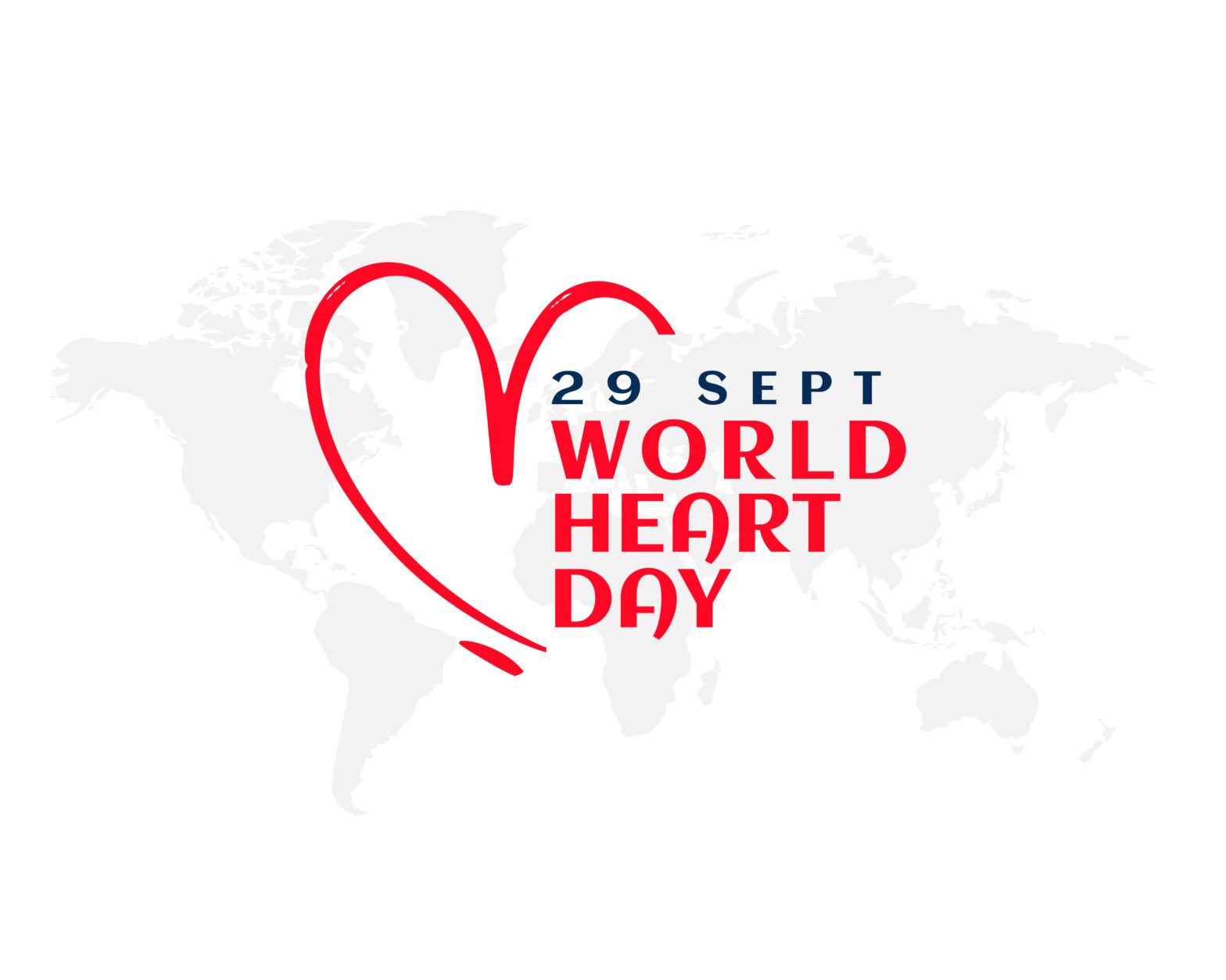
Interventional cardiology has revolutionized the treatment of cardiovascular diseases, offering minimally invasive procedures to address some of the most life-threatening conditions. These advanced techniques not only improve patient outcomes but also reduce recovery times and the risks associated with open-heart surgeries. Among the leading experts in this field is Dr. Gautam Naik, a highly regarded interventional cardiologist known for his expertise and patient-centered approach. Let’s explore the most common procedures performed by interventional cardiologists and understand their significance in modern healthcare.
Angioplasty is one of the most widely performed procedures in interventional cardiology. It is used to open up narrowed or blocked coronary arteries, restoring blood flow to the heart muscle. This procedure is often performed to treat patients experiencing chest pain (angina) or those who have had a heart attack.
Dr. Gautam Naik has performed thousands of successful angioplasties, combining precision and state-of-the-art technology to deliver exceptional care.
Stenting often complements angioplasty. A stent is a small, mesh-like tube that is inserted into the artery to keep it open after the blockage has been cleared.
Stenting has significantly reduced the need for repeat procedures, and under the guidance of experts like Dr. Naik, patients experience excellent long-term outcomes.
Heart valve diseases, such as aortic stenosis or mitral regurgitation, can be debilitating if left untreated. Interventional cardiologists perform minimally invasive valve repair and replacement procedures to restore proper blood flow through the heart.
Dr. Gautam Naik is renowned for his expertise in valve interventions, providing cutting-edge solutions to complex cardiac conditions.
This procedure is performed to remove hardened plaque (calcification) from the arteries, which cannot be treated effectively with angioplasty alone.
Atherectomy is often a critical step in preparing the artery for stenting, and Dr. Naik’s meticulous approach ensures optimal results for his patients.
Chronic total occlusions are complete blockages in the coronary arteries that have existed for more than three months. Treating CTOs requires advanced skills and specialized equipment.
Dr. Gautam Naik is highly experienced in performing CTO interventions, a procedure considered one of the most challenging in interventional cardiology.
PAD occurs when blood flow to the limbs is reduced due to narrowed arteries. Interventional cardiologists use techniques similar to angioplasty and stenting to restore circulation.
These treatments help patients regain mobility and reduce the risk of limb loss, a specialty area where Dr. Naik has made a significant impact.
Structural heart defects, such as atrial septal defects (ASD) or patent foramen ovale (PFO), can be treated using closure devices.
Dr. Naik’s expertise in structural heart interventions ensures that even complex congenital heart defects are treated with precision.
These diagnostic tools are often used during interventional procedures to assess the severity of arterial blockages and guide treatment decisions.
Dr. Gautam Naik stands out as one of the best interventional cardiologists due to his exceptional skill set, advanced training, and dedication to patient care. Known for his ability to handle even the most complex cases, Dr. Naik combines cutting-edge technology with a compassionate approach to deliver outstanding results. Whether it’s a routine angioplasty or a high-risk valve replacement, Dr. Naik’s expertise ensures that patients receive world-class care tailored to their needs.
Interventional cardiology has transformed the way heart diseases are treated, offering hope and healing to millions of patients worldwide. From angioplasty to advanced valve repair techniques, these procedures are critical in saving lives and improving quality of life. If you or a loved one requires expert care, trust Dr. Gautam Naik to provide the best possible outcomes with his unmatched experience and dedication.






